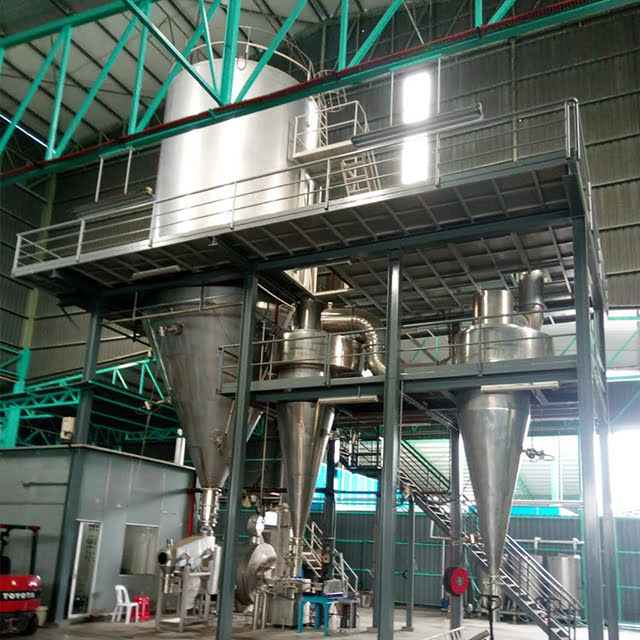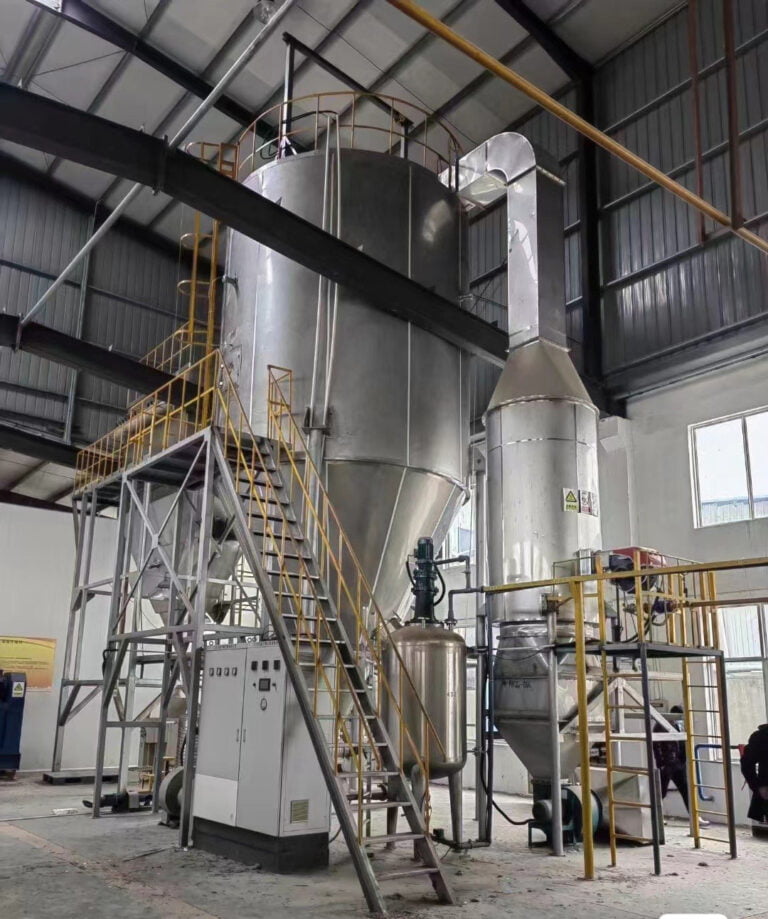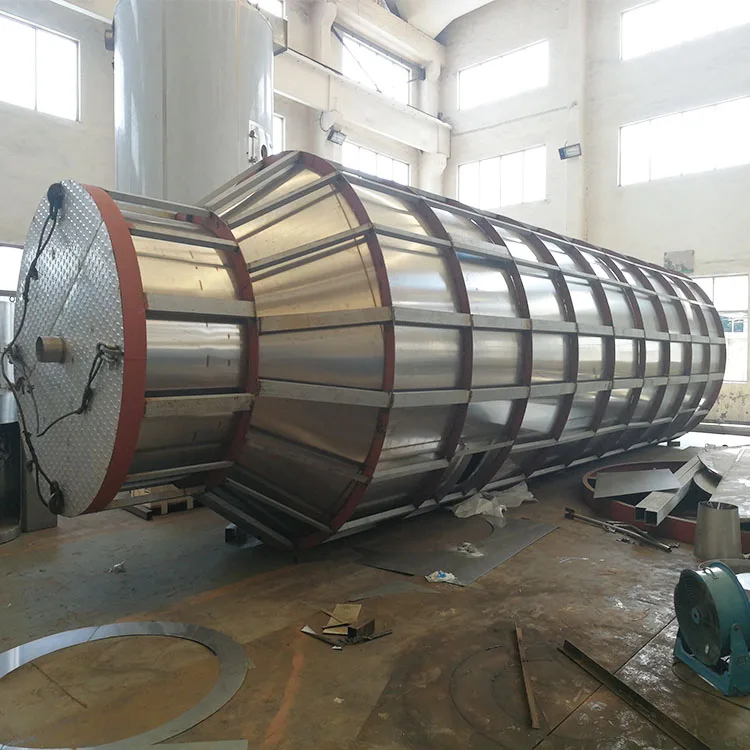The Role of Powder Equipment in Food Processing: Examples and Success Stories
The Role of Powder Equipment in Food Processing
The food industry is a vast and diverse sector that heavily relies on powder equipment for various processing operations. From the production of staple food powders like flour and milk powder to the creation of specialty food ingredients and seasonings, powder equipment is at the heart of many food manufacturing processes.

In the production of flour, milling equipment is the primary powder equipment used. Roller mills and hammer mills are commonly employed to grind grains such as wheat, corn, and rice into fine flours. Roller mills are known for their ability to produce flours with specific particle size distributions and desired qualities. For example, in the production of high-quality bread flour, roller mills can be adjusted to separate the bran and germ from the endosperm in a precise manner, resulting in a flour with excellent gluten-forming properties. This leads to better dough handling and ultimately, superior bread quality.
Spray drying is a crucial powder equipment process in the food industry, especially for converting liquid food products into powders. Milk powder is a prime example. In a spray drying tower, liquid milk is atomized into small droplets and then dried by hot air. The resulting milk powder has a long shelf life and is convenient for storage and transportation. This process also allows for the addition of nutrients and flavorings during the drying process, creating value-added products. For instance, infant formula manufacturers use spray drying to produce a powdered product that contains a carefully balanced blend of proteins, fats, carbohydrates, vitamins, and minerals.
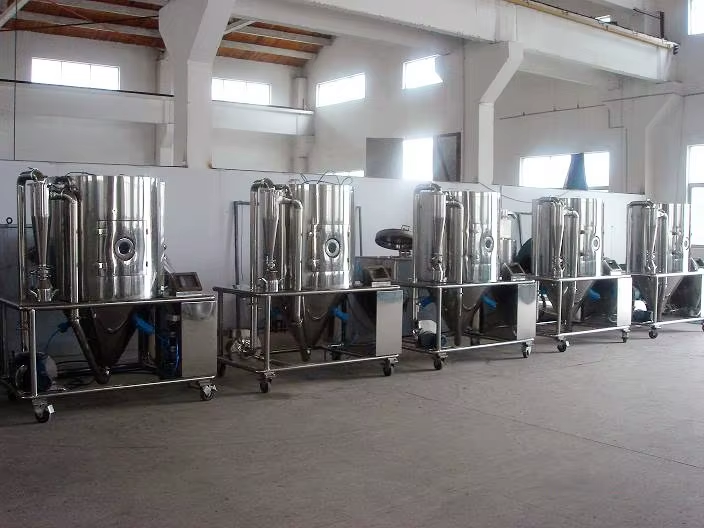
Mixers and blenders are used to create a wide variety of food products. In the production of spice blends, for example, different spices and herbs are mixed in specific proportions to achieve the desired flavor profile. A ribbon mixer can be used to ensure a homogeneous blend of powdered spices such as cinnamon, nutmeg, and cloves. This homogeneous blend is essential for consistent flavor in food products like baked goods, sauces, and seasonings.
Another success story is in the production of powdered instant coffee. The coffee beans are first roasted and then ground. The ground coffee is then extracted with hot water to obtain a concentrated coffee liquid. This liquid is then dried using freeze drying or spray drying techniques. Freeze drying is preferred for high-quality instant coffee as it preserves the flavor and aroma of the coffee better. The resulting powdered coffee can be quickly dissolved in hot water, providing consumers with a convenient and delicious coffee option.
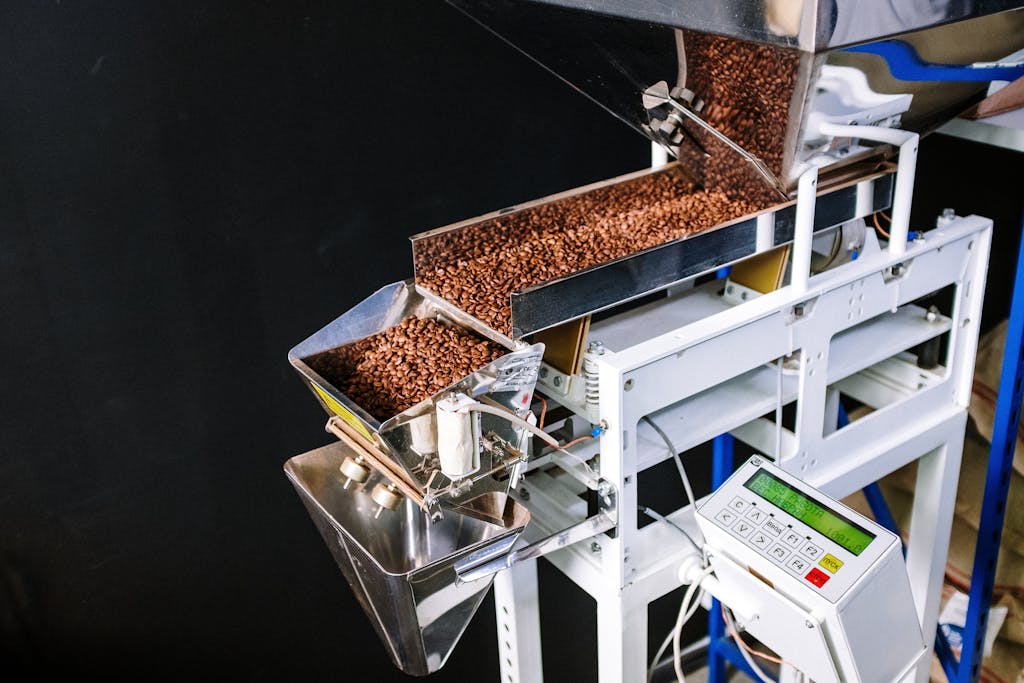
The role of powder equipment in food processing not only enables the production of a wide range of food products but also contributes to food safety and quality. By precisely controlling the processing parameters such as temperature, particle size, and mixing time, the risk of microbial contamination and product spoilage is reduced. Additionally, powder equipment allows for the standardization of food products, ensuring that consumers receive consistent quality and flavor every time they purchase a particular food item. In conclusion, powder equipment is a vital asset in the food processing industry, driving innovation and meeting the demands of consumers for convenient, high-quality, and diverse food products.

